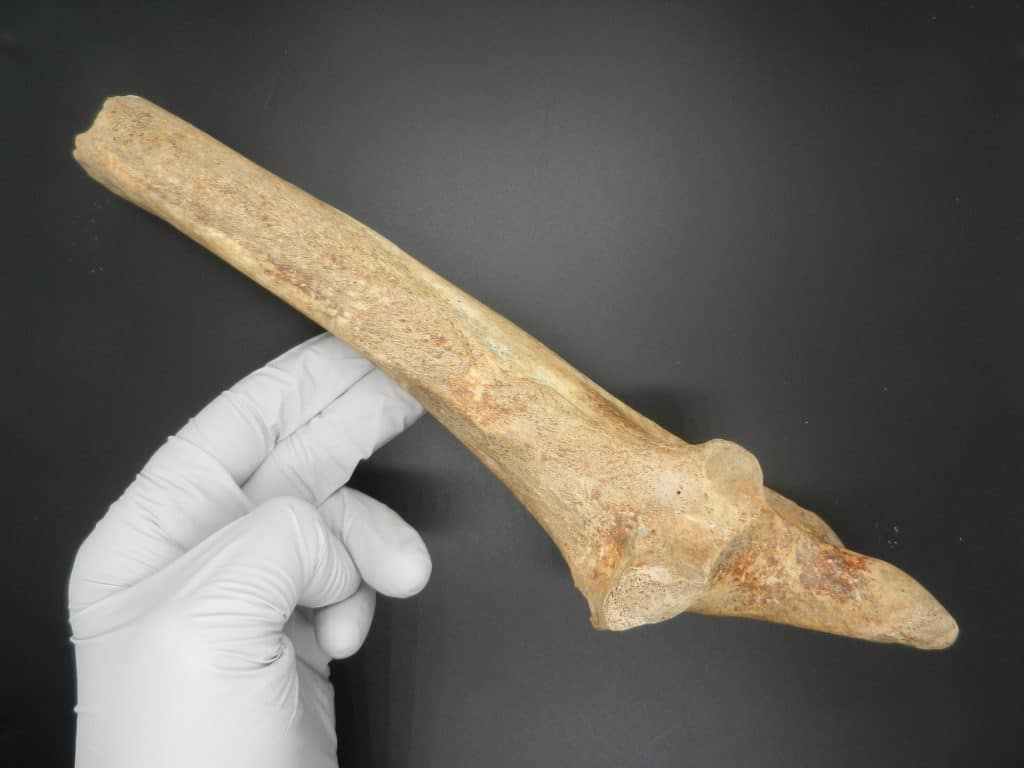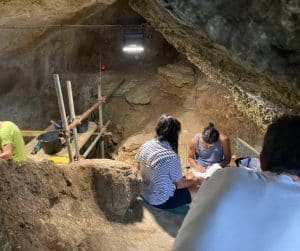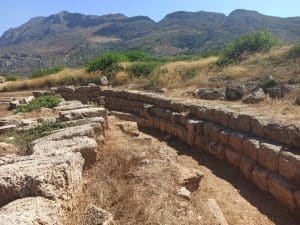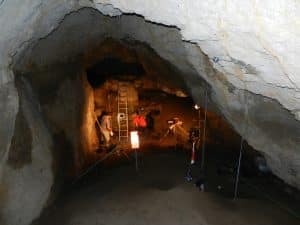Cross-cutting theme: geoarchaeology and archaeometry
Many research activities related to archaeology have been carried out for many years within the different teams and technical platforms of the CEREGE.
Initially driven by the high media profile of the dating of Toumaï by cosmogenic isotopes measured on ASTER, this theme now benefits from a wide range of cutting-edge tools both in geochronology and in the physicochemical characterisation of human fossils, artefacts and the surrounding environment.
The ability to apply these tools over a very wide time range, from the first hominids to historical periods, is also one of the UMR's strengths.





